Can You Get Binoculars That Take Pictures?
Do you find yourself captivated by the wonders of nature, yearning to capture a breathtaking moment unfolding through your binoculars? The good news is, modern technology has given us the ability to do just that. Binoculars capable of taking pictures have evolved as a unique fusion of traditional optics and advanced imaging technology. This innovation has opened new avenues for bird watchers, nature enthusiasts, sports fans, and even security personnel. Let’s dig deeper into the world of binoculars that take pictures, exploring the features, benefits, and considerations you should keep in mind if you are planning to invest in one.
## The Versatility of Photo-Taking Binoculars
1. Bird Watching and Wildlife Observation

For bird watchers and wildlife enthusiasts, the ability to capture a picture directly through binoculars is a game-changer. This functionality allows observers to document their sightings with ease, adding substantial value to professional research or personal hobbies. Photographic evidence can be crucial for identifying and cataloging species, particularly in wildlife conservation efforts.
2. Sports and Theater Events
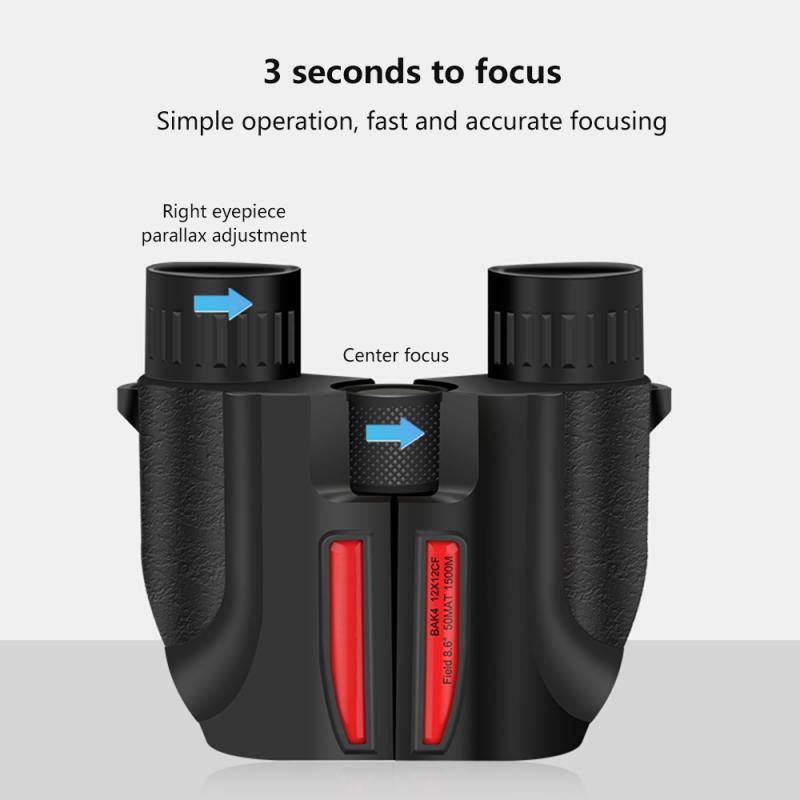
When attending sports events or theater performances, traditional cameras can be cumbersome and may not offer the desired close-up views. Binoculars equipped with photography features allow fans to capture the action from a distance without sacrificing image quality. It brings an added dimension to the experience, preserving memories in a way that standard binoculars simply cannot.
3. Surveillance and Security
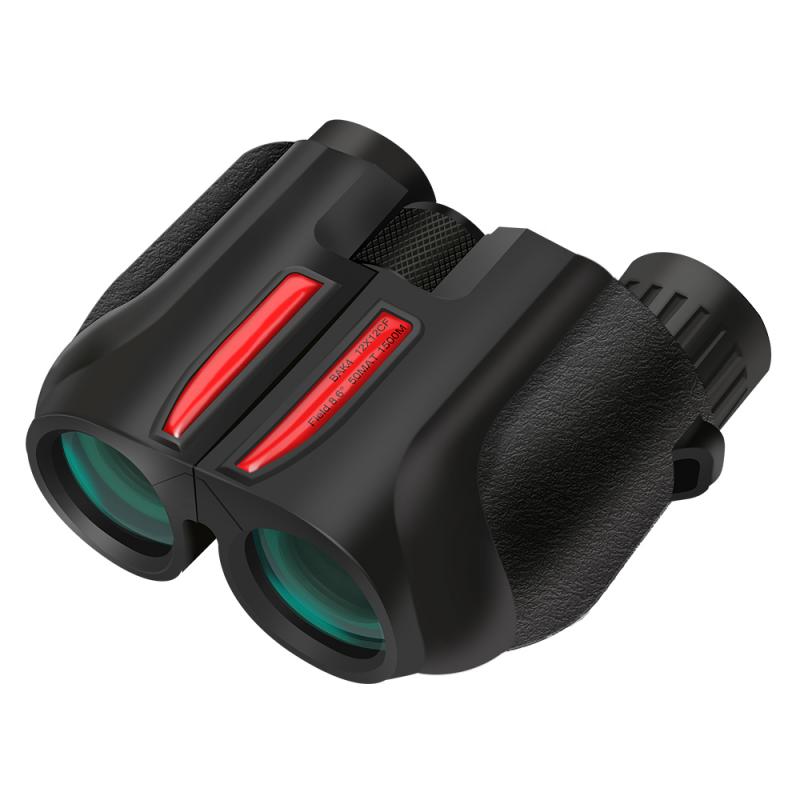
In the realm of surveillance and security, the ability to document visuals discreetly is invaluable. Whether it’s for law enforcement purposes or security at large events, binoculars that can take pictures provide clear, focused images that can be critical for evidence collection or real-time monitoring.
## What to Look for When Choosing Photo-Taking Binoculars
1. Image Quality
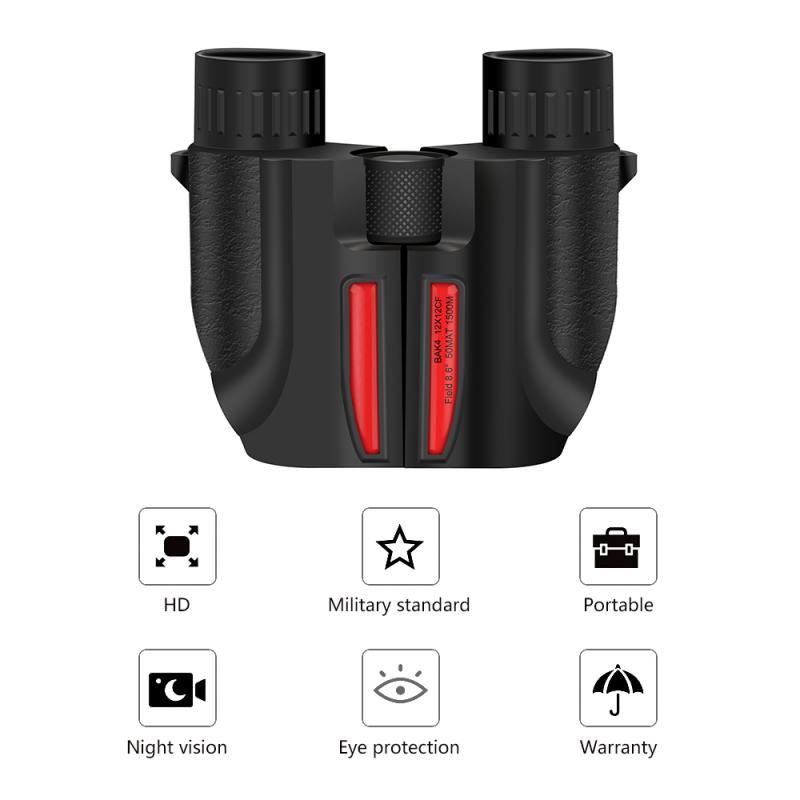
The quality of the captured images is paramount. Look for models with high-resolution sensors that ensure sharp, clear images. Factors such as pixel count, image stabilization, and lens quality will significantly affect the overall image quality. High-end models often feature optical zoom capabilities, which can enhance the detail without sacrificing clarity.
2. Ease of Use
The usability of the device is another critical factor. Consider models with intuitive controls and user-friendly interfaces. The buttons and settings should be easily accessible, even when you are focused on observing through the lenses. Some models offer integrated LCD screens for quick previews of captured images, which can be incredibly convenient.
3. Storage and Connectivity
Modern digital binoculars come with various storage options, typically featuring internal memory and expandable storage via SD cards. Check the storage capacity to ensure it meets your needs, especially if you plan to take numerous high-resolution images. Connectivity options such as USB or Bluetooth can facilitate easy transfer of images to your computer or smartphone, making sharing your experiences seamless.
4. Battery Life
Electronic binoculars require power, and it is essential to consider the battery life of the units. Models with long battery life or rechargeable options can provide extended usage, particularly useful for day-long excursions or extended periods of surveillance. Some advanced models also offer power-saving features to prolong battery life.
5. Durability and Build Quality
The build quality of your binoculars is an essential consideration, especially if you'll be using them in rugged conditions. Look for water-resistant or waterproof models with a durable build that can withstand the elements. Rubber coatings can provide additional grip and protection against drops.
## Popular Models in the Market
Several manufacturers have excelled in merging optical precision with digital imaging capabilities. Here are some popular models:
1. Nikon Digital Camera Binocular
Nikon is renowned for its optical excellence, and their digital camera binoculars are no exception. They offer high-resolution image sensors, robust zoom capabilities, and innovative features like VR (Vibration Reduction) that minimize shake during photography.
2. Bushnell ImageView Digital Camera Binoculars
Bushnell’s ImageView line combines powerful binocular optics with digital imaging functionality. They are known for their lightweight design, ease of use, and decent image quality, making them ideal for outdoor activities and casual wildlife observation.
3. Canon Image Stabilizing Binoculars
Canon's binoculars with image-stabilizing technology ensure stable, clear images even at high magnifications. Their high-quality lenses and advanced stabilizing algorithms make them a solid choice for sports events, theater, and nature observation.
## Benefits Over Separate Devices
One might ask, "Why not just use a camera along with binoculars?" There are clear advantages to having an integrated device:
1. Convenience
With integrated binoculars, you do not have to juggle between two devices. This ease of use is particularly beneficial in scenarios where quick action is essential, such as birdwatching, where timing can be critical to capture the perfect shot.
2. Weight and Portability
Carrying one device instead of two reduces the overall weight and enhances portability. It is easier to carry around during hikes, travels, or long observation sessions.
3. Alignment and Focus
Integrated devices ensure perfect alignment between viewing and capturing images. This eliminates the hassle of readjusting focus between a camera and binoculars, providing a seamless experience.
## Addressing Practical Concerns
1. Cost
Binoculars equipped with imaging capabilities tend to be more expensive than standard binoculars or digital cameras. However, the investment can be justified by the convenience and enhanced functionality they provide. It is essential to assess your needs and opt for a model that offers the best value for your intended use.
2. Learning Curve
As with any sophisticated technology, there is a learning curve involved. Users may need time to familiarize themselves with the settings and controls. Most manufacturers provide comprehensive manuals and online tutorials that can assist in mastering the device.
3. Image Storage and Management
Managing and storing the captured images requires some planning. Ensure you have adequate storage solutions and backup options to prevent data loss. Many models support automatic backups to cloud services, which can be a handy feature.
## Conclusion
Binoculars that can take pictures represent a significant leap in optical and digital technology, offering a unique combination of magnification and imaging. Whether for bird watching, sports events, surveillance, or simply enjoying nature, these devices provide unparalleled convenience and functionality. By considering factors such as image quality, ease of use, storage, battery life, and durability, you can select a model that meets your specific needs and enhances your observational experiences.
Investing in photo-taking binoculars can transform the way you interact with the world around you. Capturing those fleeting moments in high-definition brings a new dimension to your hobbies and professional activities, ensuring that you can relive and share your experiences with stunning clarity. The fusion of optics and digital imaging continues to evolve, promising even more exciting developments in the near future.



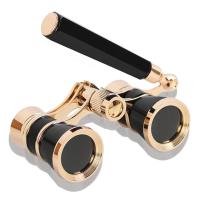

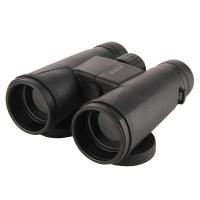
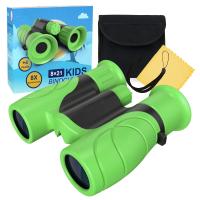

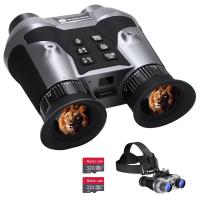
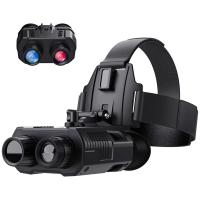
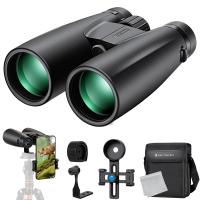
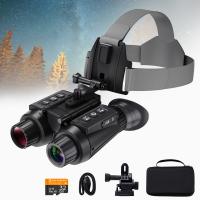
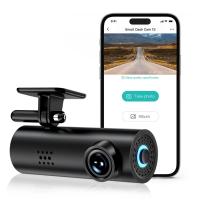
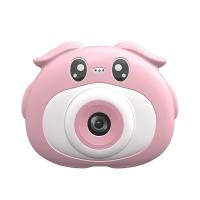
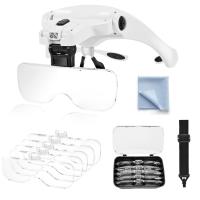


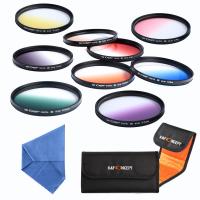



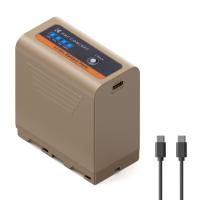
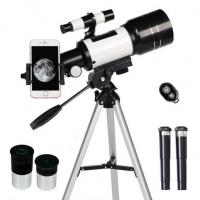
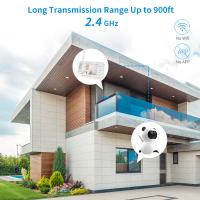
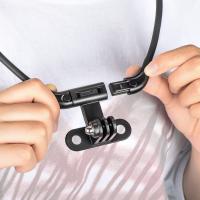

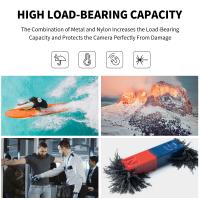
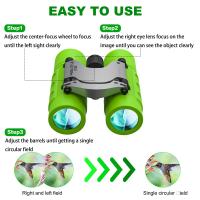

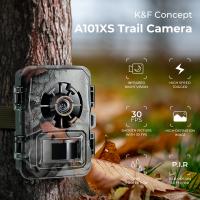

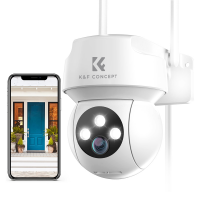
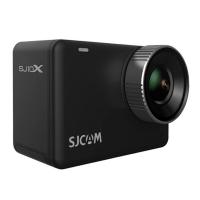

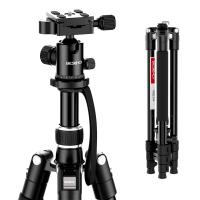




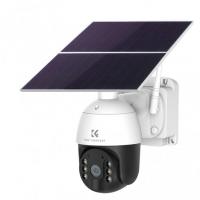

There are no comments for this blog.